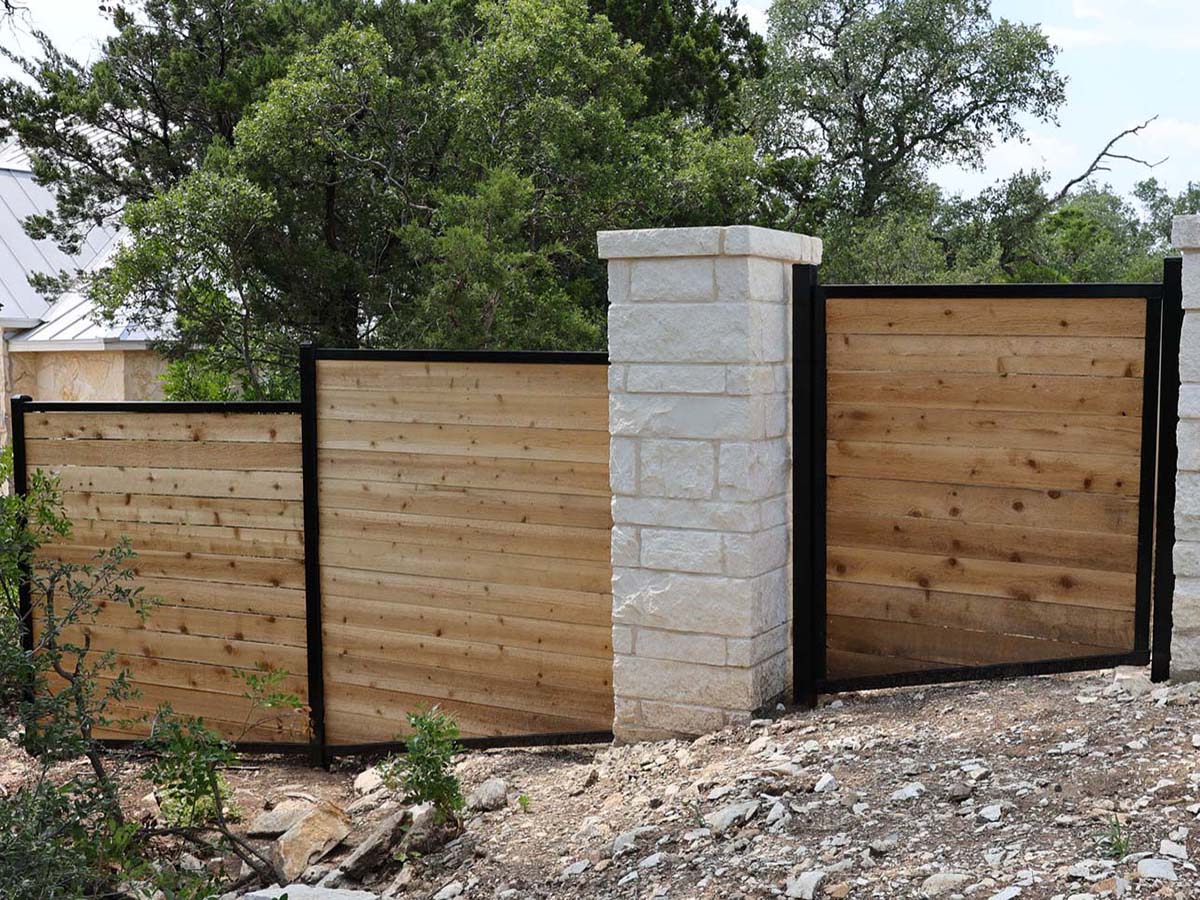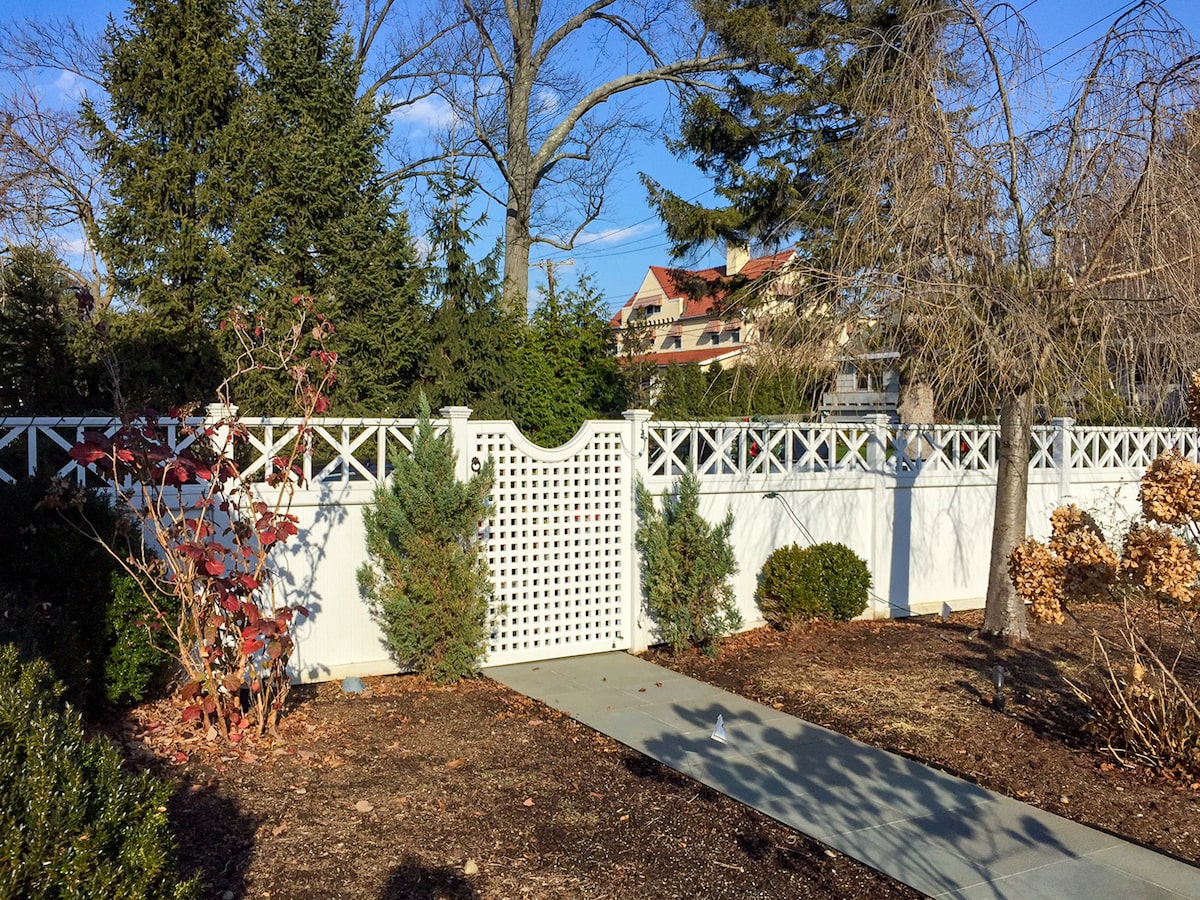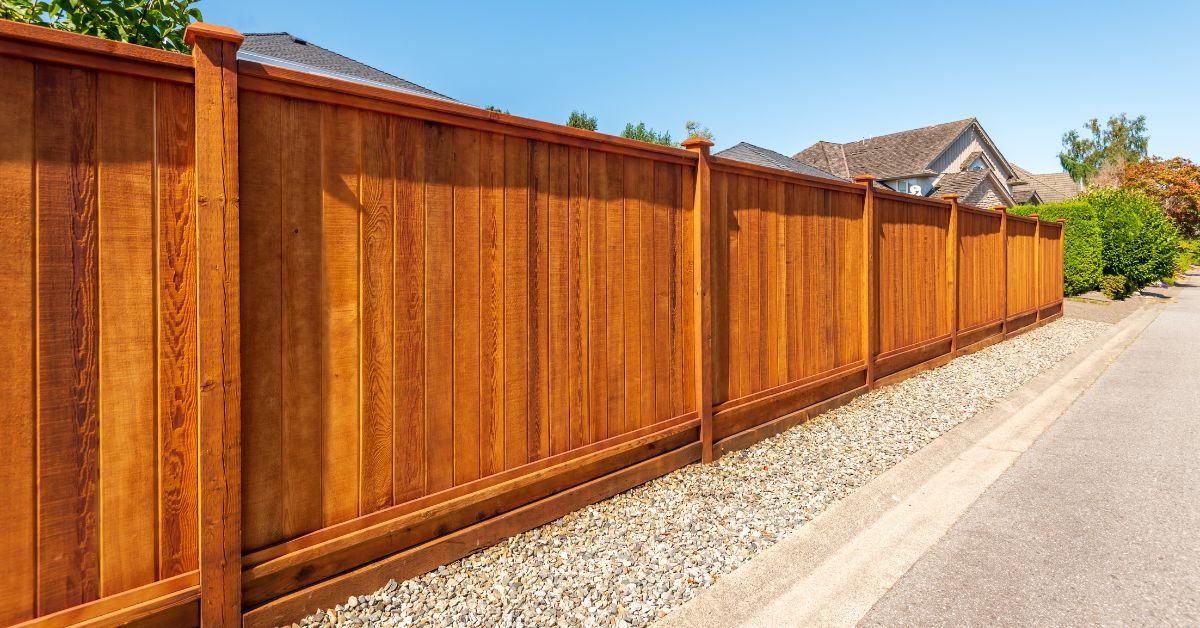All Categories
Featured

Whether your fence is made of timber, vinyl, chain web link, or metal, following a few simple maintenance methods can guarantee that it stays in outstanding problem for years to come. Here are some important tips to keep your fencing looking great and performing well.
- Do Routine Inspections. On a regular basis inspecting your fence is critical to recognizing issues before they end up being significant problems. Every couple of months, walk around your home and check the fence for noticeable damages. Seek:
Absent or loosened boards or panels: Whether it's wood, steel, or vinyl, check for any kind of loosened sections that might require to be reattached or replaced. Corrosion or deterioration: Metal fencings, including chain link or functioned iron, can establish rust with time. Early discovery enables you to tidy and deal with the influenced areas prior to they spread out. Signs of rot: Wood fencings are especially vulnerable to rot, particularly at the base of posts and slabs that touch with the ground. Seek soft spots, discoloration, or mold, which may show wetness damage. Security of messages: Gradually, fence messages may end up being loose or unpredictable. This can lead to leaning areas and even collapse, so ensure that articles are firmly secured in the ground. 2. Tidy the Fence Consistently. Cleaning your fencing is just one of the easiest and most efficient methods to maintain its condition. Particles, mold, and dirt can gather, causing staining and use in time. Right here's how to cleanse various sorts of fencings:

Wooden Fencings: Make use of a pressure washing machine or a scrub brush to remove dirt and mold and mildew. Beware not to use way too much stress with a power washing machine as it might damage the wood. Utilize a wood cleaner or a light cleaning agent to remove discolorations if necessary. Plastic Fencings: Plastic fencings are relatively low upkeep and can be cleansed with soapy water and a soft towel. Stay clear of rough products or severe chemicals, as they can damage the surface. Steel Fencings: Light weight aluminum or steel fences can be cleaned up with a soft sponge and soapy water. For corrosion areas, utilize a wire brush or corrosion cleaner prior to using touch-up paint to avoid the corrosion from spreading. Chain Link Fences: Merely tube down wire mesh fence to remove dust and debris. Cut it back to stay clear of unneeded stress on the framework if vegetation has actually grown over the fence. 3. Deal With Wooden Fences for Protection. Wooden fences require additional care as a result of their vulnerability to weather conditions. Moisture from humidity, rainfall, and snow can trigger timber to rot, warp, or swell. To protect your wooden fence, consider the following:
Seal or Stain the Timber: Using a safety sealant or tarnish will help maintain the timber and protect it from the aspects. This will certainly additionally offer the wood a fresh, sleek appearance. Make certain to reapply the sealant every 2 to 3 years to keep its safety barrier. Evaluate for Termites: Wood fencings can be susceptible to termite damage, especially in damp locations. Keep an eye out for indications of invasion, such as tiny holes, wood dirt, or the presence of the pests themselves. If you find termites, get in touch with a specialist parasite control service to settle the concern. 4. Trim Vegetation Around the Fence. If left uncontrolled, plants and hedges growing also close to your fencing can create lasting damages. Disordered origins can push against fence blog posts, causing them to loosen up, and vines can put in stress on wooden or metal panels, possibly bending or breaking them. In addition, plants expanding too near the fence can hold moisture versus the surface, which can lead to rot or rust.

Make it a behavior to cut back any kind of plants, vines, or bushes that may be expanding near your fence. This will not just maintain the fence better problem however also boost the overall appearances of your lawn.
- Address Rust and Rust Without Delay. For metal fences, rust and corrosion can be a considerable concern if not dealt with promptly. To stop corrosion from spreading out:
Tidy and Sand Affected Areas: For minor rust places, use a cord brush or sandpaper to eliminate the corrosion. After cleansing, use a rust-resistant guide and paint to safeguard the steel from additional deterioration. Use Rust-Resistant Coatings: Take into consideration using a rust-resistant layer to your steel fence to lengthen its life-span. This can help prevent new rust areas from developing and keep your fence looking great. 6. Preserve and secure Fence Blog posts. The security of your fencing depends mostly on the messages. If the posts are loosened or damaged, the entire framework can end up being endangered. Make sure to evaluate the posts routinely to examine for signs of wear, leaning, or instability.
For Wood Blog posts: Wooden fence blog posts can rot at the base. It may be needed to replace the message if you see signs of rot or degeneration. For Metal or Plastic Posts: Guarantee that steel or plastic blog posts are securely anchored and not curved or damaged. Tighten loose bolts or readjust the positioning of the posts to keep the fence standing tall if required. Verdict. Keeping your fence doesn't have to be a challenging task. With regular cleansing, inspections, and some standard treatment, your fence can stay a attractive and practical function on your home for several years. Whether you have a wooden, chain, vinyl, or metal web link fencing, following these tips will certainly assist you get the most out of your investment while ensuring your fencing remains in wonderful problem, offering the privacy and protection you need.
Latest Posts
Keep Your Carpeting Looking Its Best with Easy, Specialist Treatment
Published Apr 29, 25
1 min read
A Taste of the City, Right in the Heart of Iowa
Published Apr 29, 25
2 min read
Advertising And Marketing that Attaches Individuals to Care
Published Apr 29, 25
1 min read